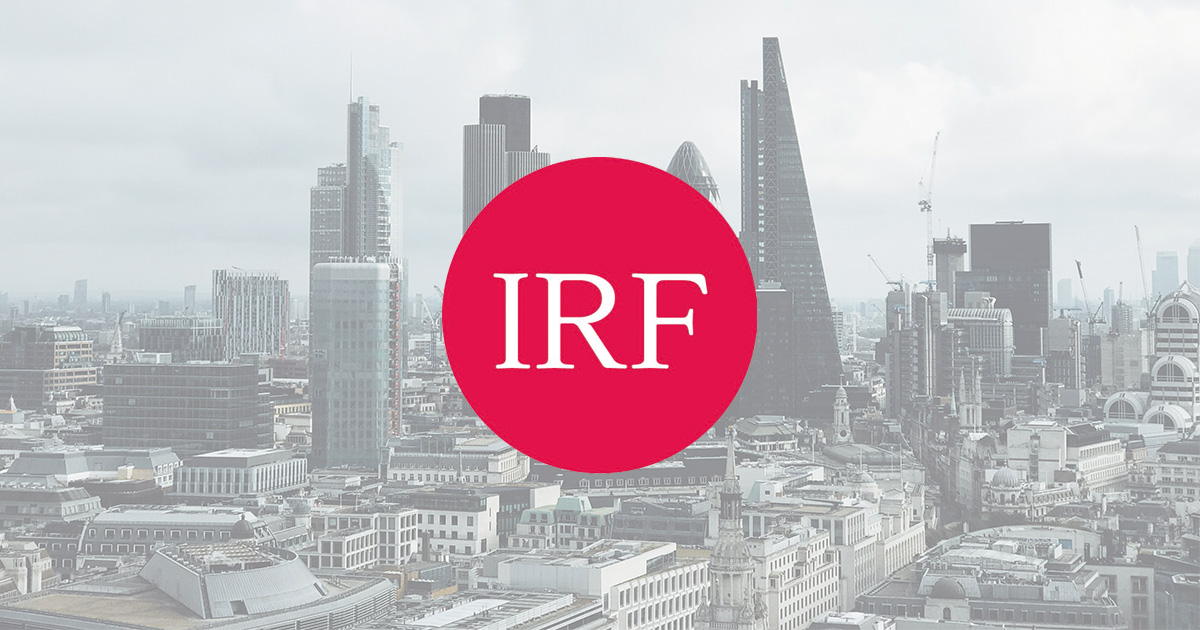2021 Outlook: Three Cycle Tailwinds and Policy Risks
Ironsides Macroeconomics
Tue 23 Feb 2021 - 15:00
Summary
Barry noted that in October '19 there was a contraction in global trade but an expansion in global GDP. that's unprecedented. We are recovering, not just from the pandemic, but from the trade war recession - tailwind number one, and it implies that the recovery will be much longer lasting and robust than most expect. US manufacturing: orders, production, supplier deliveries, all above 60, whilst customer inventories are in low 30s and falling - the inventory restocking process in the US has not even begun.
Another tailwind that the US is seeing is a recovery in capital spending. Three disinflationary shocks hit the US in last business cycle - '15 to '20. First, 75% collapse in oil price. Second, Tax Cuts and Jobs Act - a supply side tax cut that boosted capital spending, particularly in software, kicking off an increase in productivity in the service sector. Third, the Trade War. We are in the early stages of a very robust and long-lasting recovery in capital spending. A related tailwind is the housing impulse. Residential investment housing, while fairly small relative to consumption, carry big multipliers. For every job that is created in residential investment, it creates three more jobs in related industries. It drives productivity growth, efficiency and real wage growth.
The third tailwind is reflation. This is very much like the early 1960s. The single primary source of dis-inflationary pressure for 30 years has been core goods prices. Despite what the Fed says, it is not a monetary affair. Three decades of goods disinflation can be attributed to the global supply of industrialised workers going from 750 million to 2 billion with Chinese supply chain integration.
Policy outlook - in the current environment, policy is the primary source of risk to being long US equities. Around June time the Fed will start talking about reversing asset purchases. That dynamic mini taper-tantrum is probably worth a 10% correction in the equity market. The labour market is another area of policy risk. The Biden Administration wants to extend benefits to September which significantly risks slowing the recovery in the labour market. Tax hikes are on the horizon - doubling capital gains rates for income over a million dollars. The US went from being the 36th most competitive corporate tax regime in the world to 17th, but Biden's plans will see the country fall to 37th. That could be about a 5% to 7% hit on earnings growth.
The broad thesis is that these cyclical forces are much stronger than they were for the last business cycle. The only significant setbacks likely to occur are related to policy issues such as Fed tapering asset purchases (which is likely to be year end) and tax hikes.
Recommends long Materials, Energy, Industrials, and Financials - those trends are likely to persist - recovering, from the pandemic and the trade war. Barry would not be long real rates here; he would be long breakevens. You can be long tips as a way to be long breakevens. Commodities, commodity related equities, and the whole reflation thesis is not transitory. This is a business cycle long phenomenon, the end of 30 years of disinflation and of the 39-year bond bull market."
Topics
Much longer lasting and robust recovery than consensus' expectations
Global trade recovery, inventory re-stocking, capital spending boom, housing recovery
Inflation will be benign - reflation and the end of 30 years of disinflation
